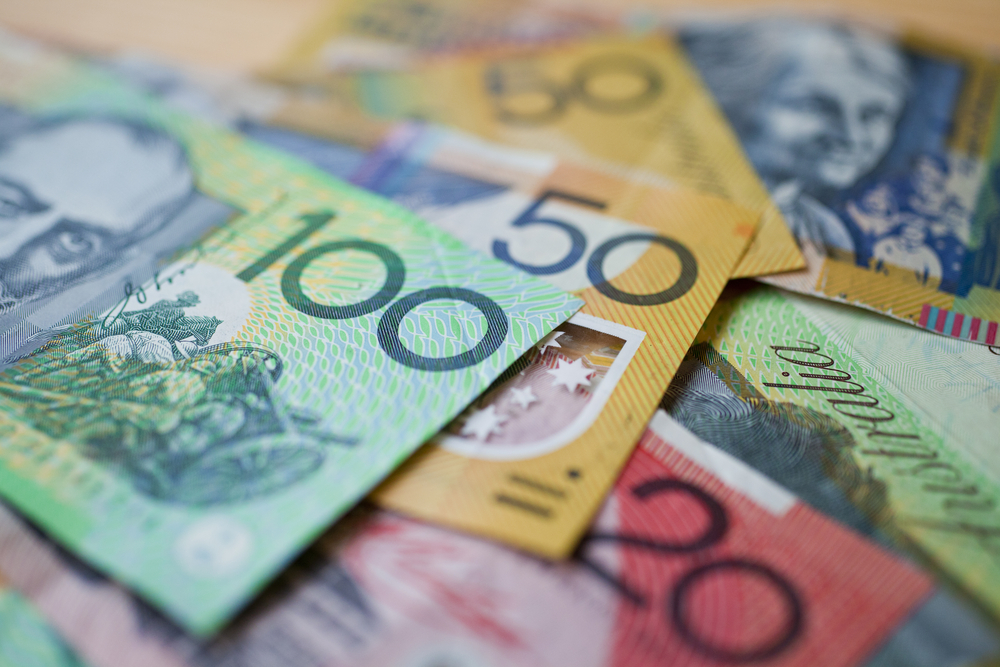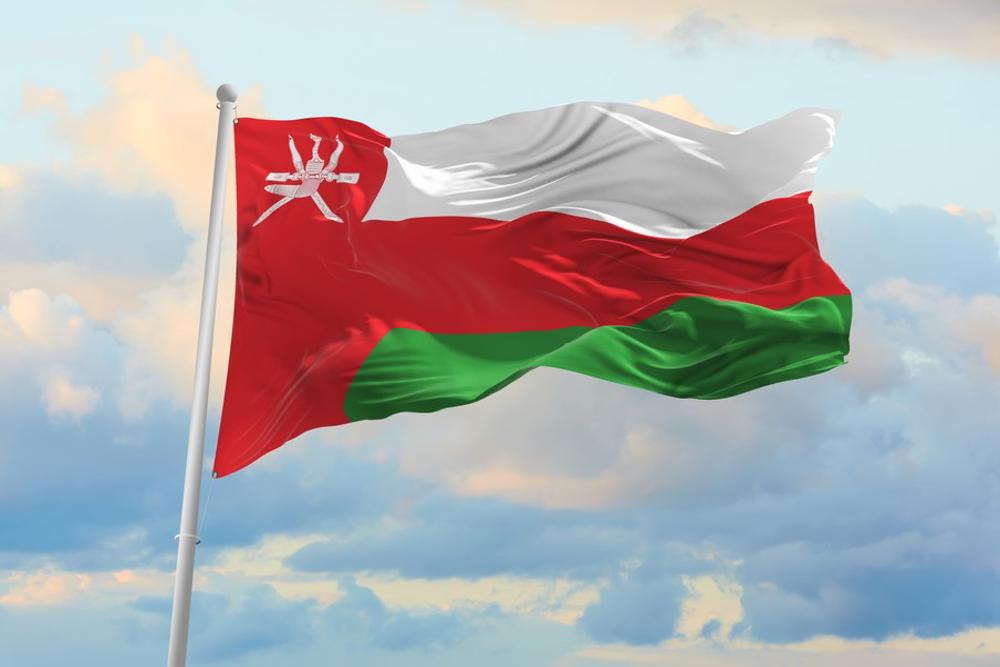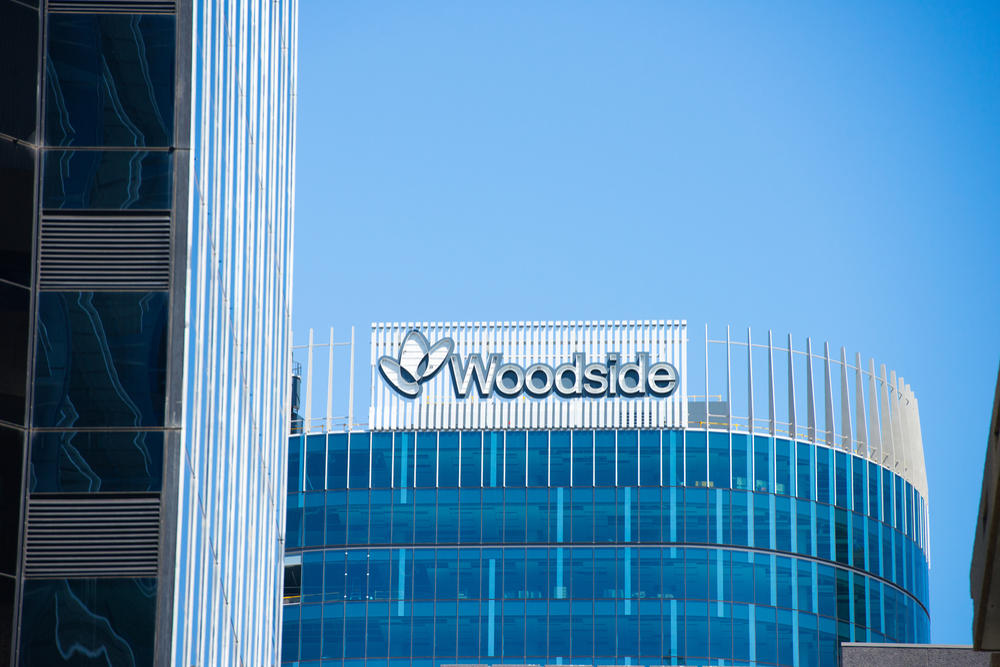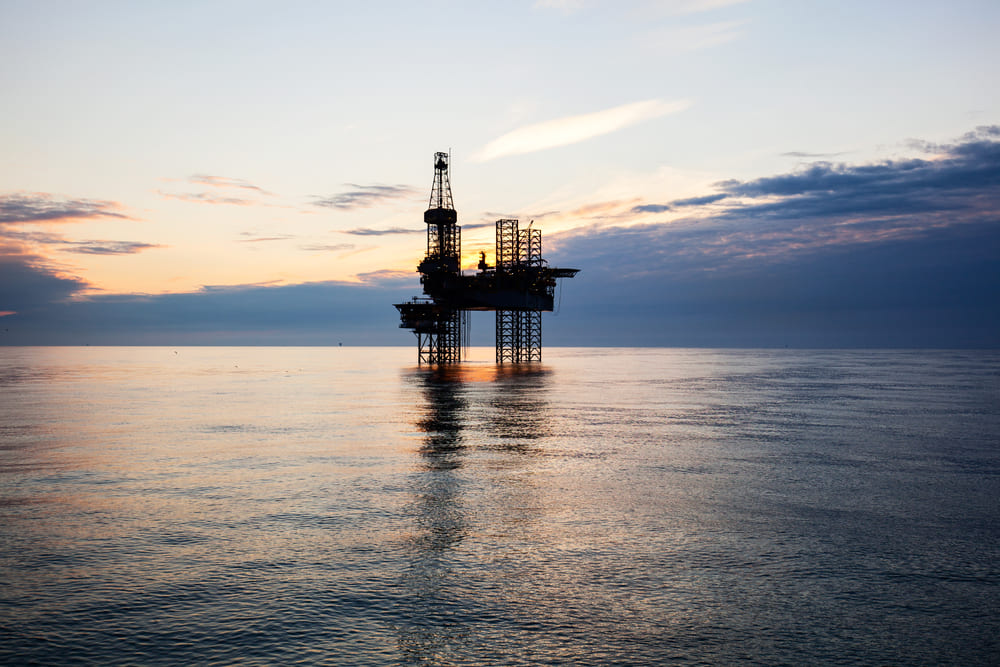
Powering out of a once-in-a-generation recession with a V-shaped recovery, the Australian economy has certainly emerged from the COVID-19 pandemic better than its peers. Thanks to the country’s early success in curbing the virus spread and dedicated fiscal and monetary support, the nation has managed to withstand the disruptions of the pandemic stronger than anticipated.
Although Australia is well on its way to “winning the COVID-19 war”, the path to a sustainable economic recovery appears bumpy and uneven. Reduced efficacy of existing vaccines, along with a delay in vaccination rollout, continues to pose risks to the pace of economic recovery.
An uneven economic recovery is presenting a risk to Australia’s financial stability amid lingering concerns of debt default by borrowers once government support is scaled back. Besides, rising dwelling values underpinned by ultra-low interest rates can also pose a threat to financial stability if property prices rise beyond fundamental values and lending standards are not strengthened.
Few Hiccups on the Road to Revival…
Clocking up two consecutive quarters of over 3 per cent growth in 2H 2020, the Australian economy has certainly cut the mustard in reviving from the pandemic. However, the interrupted COVID-19 vaccine rollout has placed the nation in a somewhat stagnant position in the economic war against the pandemic.
While the nation intended to vaccinate its 26 million population by the end of 2021, the concerns over the use of AstraZeneca jab and supply chain issues have thrown its vaccination campaign into disarray. Australia now expects its vaccination program to be delayed by months, which can potentially derail the momentum in its economic recovery.
With a relatively slow vaccine rollout, Australia may also miss out on economic opportunities to other nations that are progressing faster with the vaccination program.
Additional economic challenges are likely to emerge as soon as the policymakers wound back their dedicated monetary and fiscal support. If incomes continue to stay below the pre-COVID-19 levels, withdrawal of government assistance may increase the chances of debt default by borrowers while exhausting their financial buffers.
Furthermore, the prevalence of record-low interest rates driving property prices higher is expected to widen the housing affordability crisis, putting economic sustainability at risk. Surging housing prices have heightened the risk of excessive risk-taking by lenders, with the central bank ruling out the possibility of interest rates hike until at least 2024.
These Green Shoots are Worth Not Missing…
Despite some potential setbacks, one cannot neglect that the economic recovery is well underway in Australia and continues to be better than expected. The recent results on several economic indicators are beating the drum for Australia’s unprecedented revival from the virus crisis.
The robust performance of the labour market, backed by increasingly strong demand for workers, has been lifting the prospects of an economic boom over the long run. Notably, Australia’s unemployment rate dipped to 5.6 per cent in March 2021, while participation rate increased to 66.3%.
The country’s job advertisements also jumped to their 12-year high levels in March, adding more charm to the labour market’s brisk recovery from the virus crisis. Interestingly, these bright spots reflect that the job market seems to be better placed to withstand the removal of some emergency support programmes of the government.
The improving labour market conditions also contributed to the nation’s solid income growth in the second half of 2020. Following a 3.4 per cent rise in the September 2020 quarter, Australia’s GDP rose by 3.1 per cent in the December quarter, smashing expectations. The rise in the GDP was backed by an additional lift in household consumption as Australia’s health situation improved.
Besides these economic indicators, a recent revival in Australia’s business conditions is also pointing towards a strong resurgence in overall economic activity. National Australia Bank’s index of business conditions – measuring sales, profits and hiring – recently climbed from 17 points in February to 25 points in March, outpacing forecasts.
Moving in tandem with business conditions, consumer sentiment also surged to its highest level in 11 years in April despite the end of the government’s wage subsidy support in March. The Westpac-Melbourne Institute Index of Consumer Sentiment soared to 118.8 points in April, underlining the significant role of consumers in driving above-trend growth in 2021.
What to Expect from the Australian Economy Ahead?
With the Australian economy displaying strong signs of growth, the Reserve Bank of Australia (RBA) maintains an upbeat view on the nation’s economic outlook despite some ruling headwinds. In the central scenario, where Australia does not witness any further massive coronavirus outbreaks and the subsequent lockdowns, the central bank expects:
GDP to grow by around 3.5 per cent over both 2021 and 2022; jobless rate to remain at around 6 per cent and 5.5 per cent at the end of 2021 and 2022, respectively; and inflation to remain at 1.25 per cent over 2021 and 1.5 per cent over 2022.
However, the slow pace of vaccination drive can leave the nation vulnerable to further COVID-19 outbreaks, impeding the pace of an economic revival. Meanwhile, additional outbreaks can invite a fresh set of lockdowns, causing possible disruptions to supply chains.
The policymakers can gear up for these potential obstacles by sustaining targeted economic support for the short run while setting in motion long-term structural reforms. Besides, the nature and speed of the ensuing phase of the economic recovery seem to significantly rely on the effective rollout of coronavirus vaccines.
All in all, it will be interesting to watch whether Australia will be able to mark another decades-long uninterrupted economic growth.








